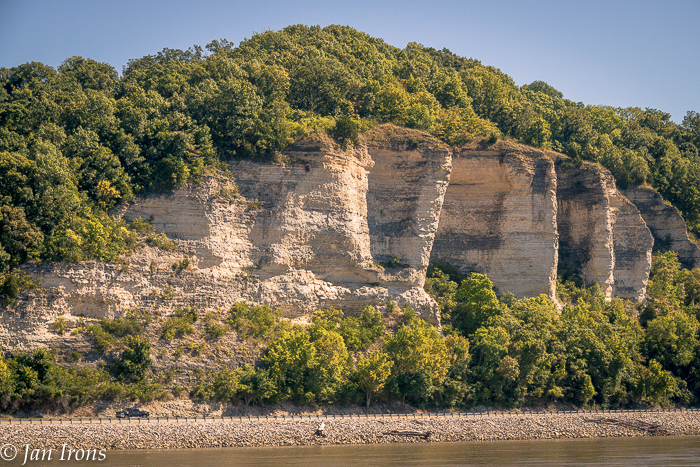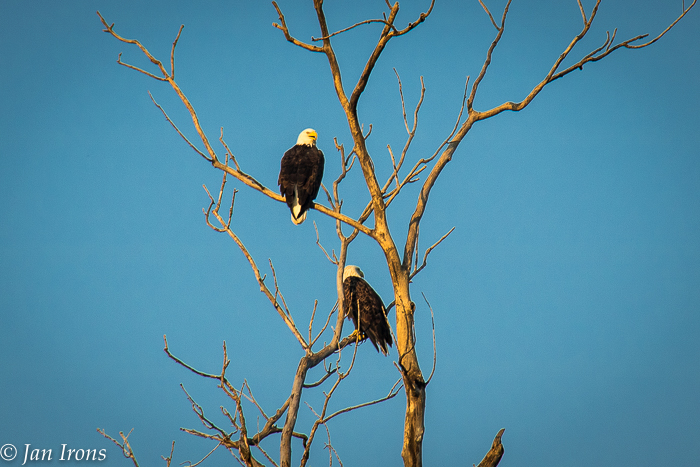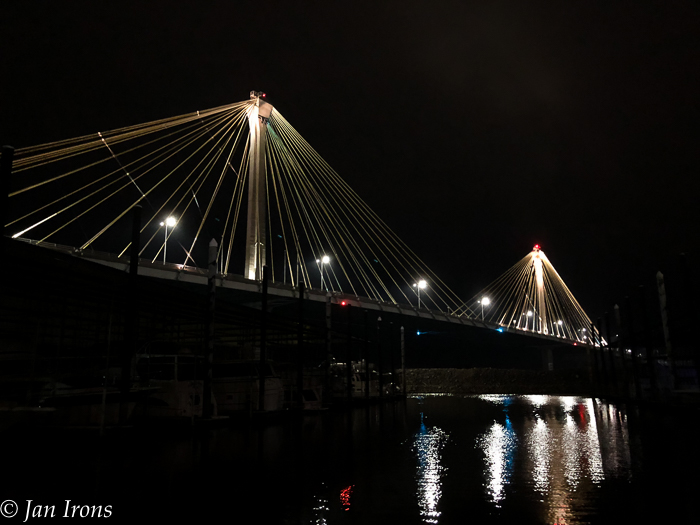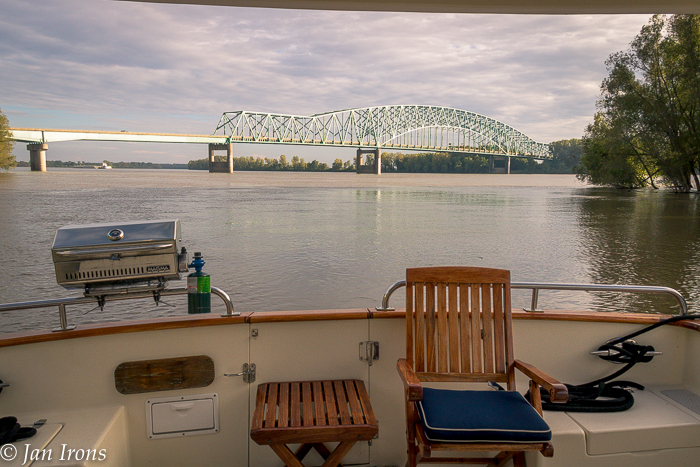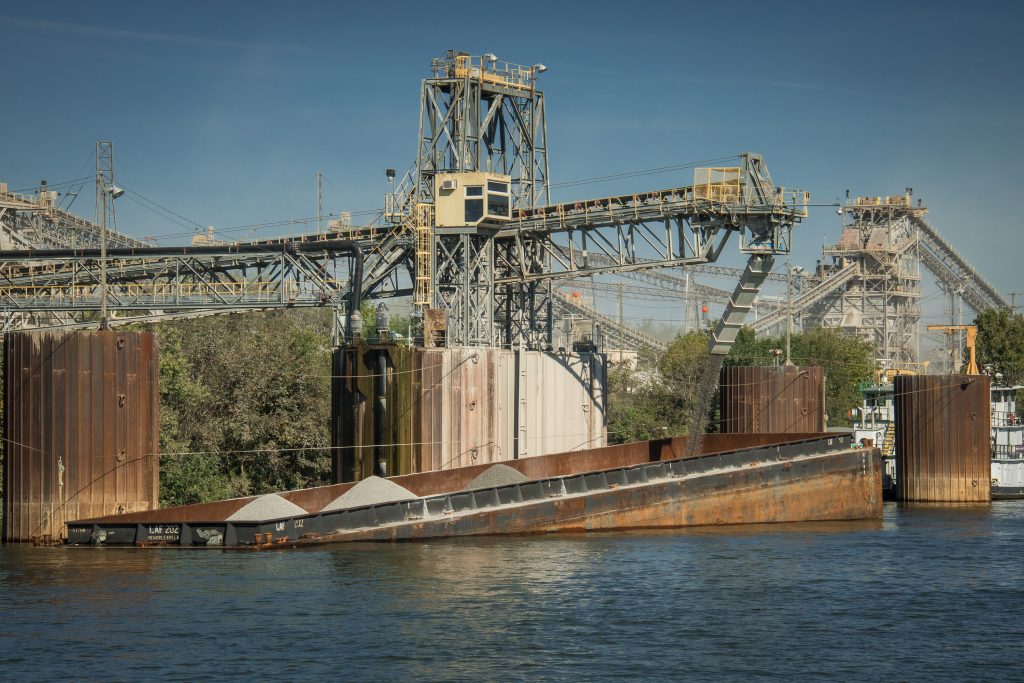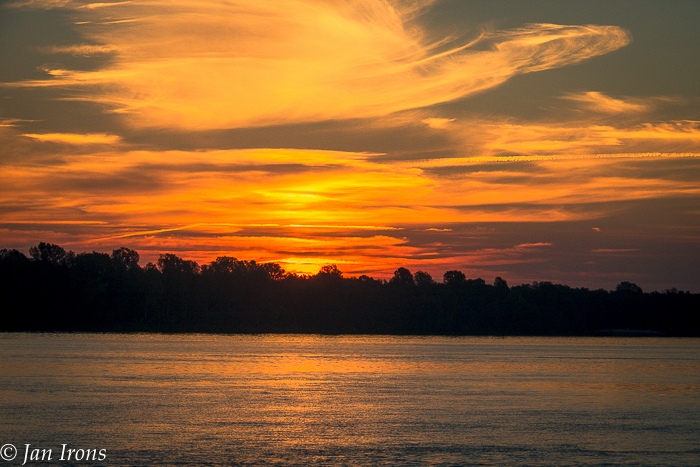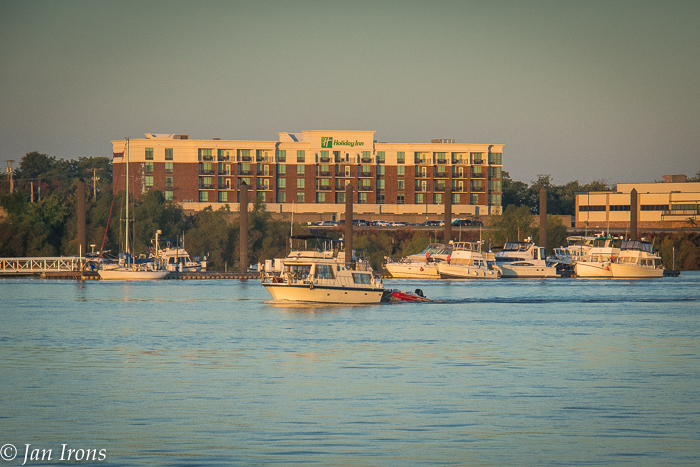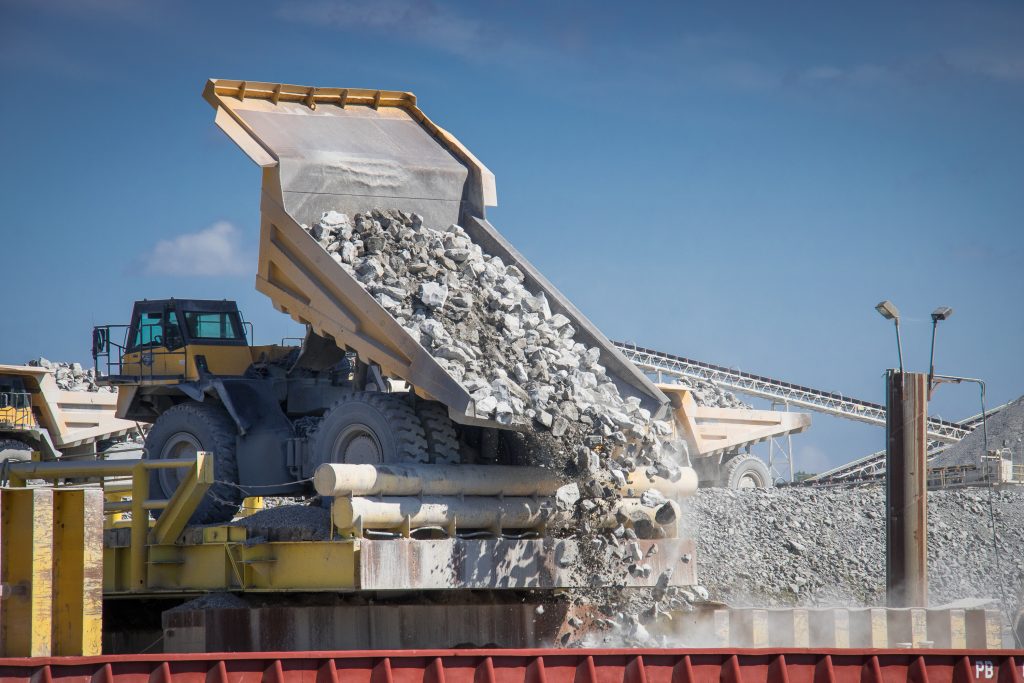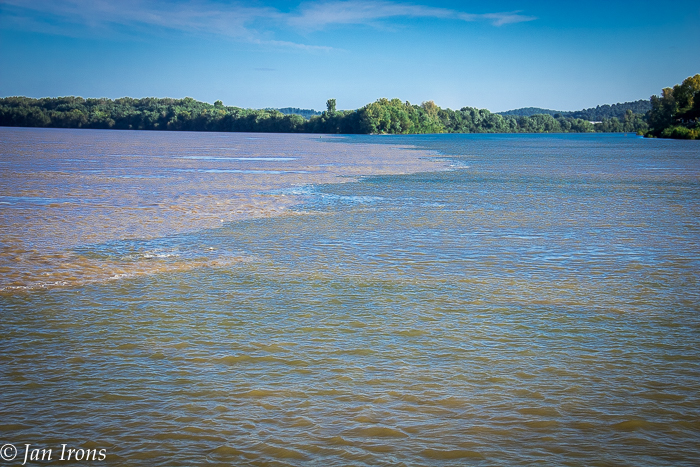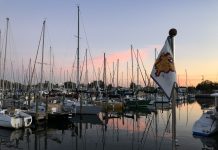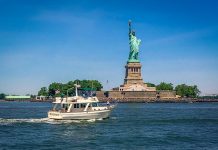Get ready for an amazing new experience as you head down the rivers! I hope, like us, you relax and enjoy “rollin’ on the rivers”.
We have more to learn, but here are a few lessons from the Chicago, Illinois, Mississippi, Ohio & Cumberland Rivers. These basic tips will get you started!
Lessons From The Rivers
- Once you enter the rivers, you become a “Pleasure Craft”, PC for short and you’ll often be referred to as that on the VHF with or without your boat name.
- Calling a Tug/Barge. Always call barges/tows/tugs on VHF Channel 13 — it’s the working channel for NAVIGATION. Channel 16 is the channel for hailing and emergency only. If you want to talk to a barge tug/tow, call them by name on Channel 13.
- Why Call a Tug/Barge At All? Tugs/Tow Captains appreciate if you call to let them know you’re there (they already know, but be polite) and ask which side they would prefer you pass. The conversation usually goes something like this: “Tug Name, this is the Pleasure Craft Optimystique approaching your stern, is it OK to pass & which side?” The usual answer is something like: “1 whistle”. See below for the translation.
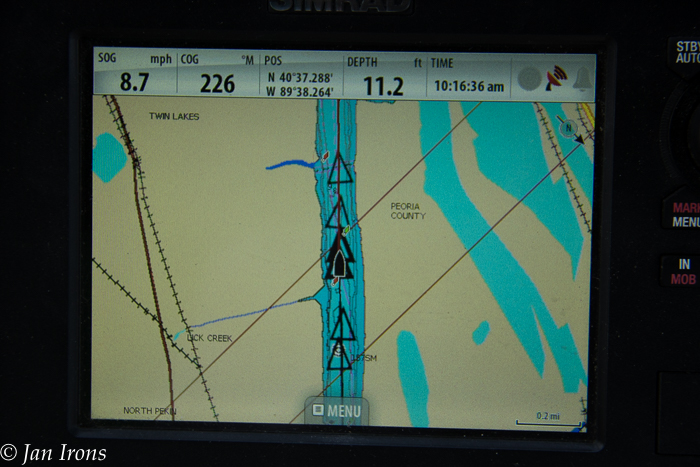
- AIS is your friend. Oh, and that “by their name” part? AIS is your friend on the rivers. Barge Tugs/Tows don’t always respond even when you call them by name on the correct VHF channel, but they rarely respond if you say something like “big barge that we’re overtaking at mile marker 200”.
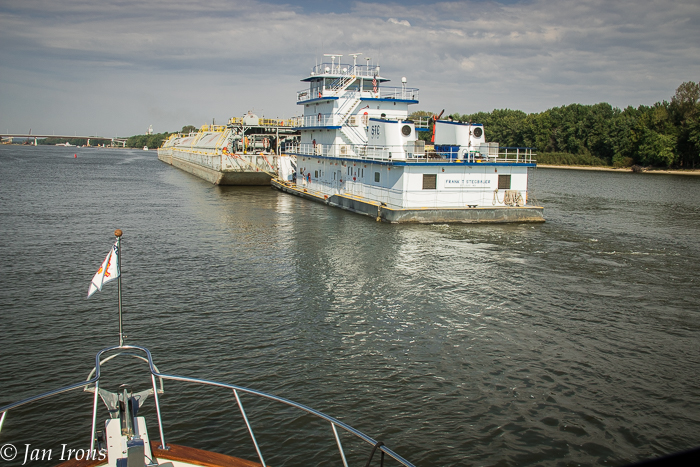
- Overtaking a Tow/Tug Barge: “1 whistle” means PORT and “2 whistles” means STARBOARD. So pass the barge on HIS port side if he says 1 whistle and on HIS starboard side if he says 2 whistles. We usually confirm by saying “1 whistle, your port side”. Also, the designated group leader should be the one to contact the tugs – they don’t want to talk to all 9 boats in the group.
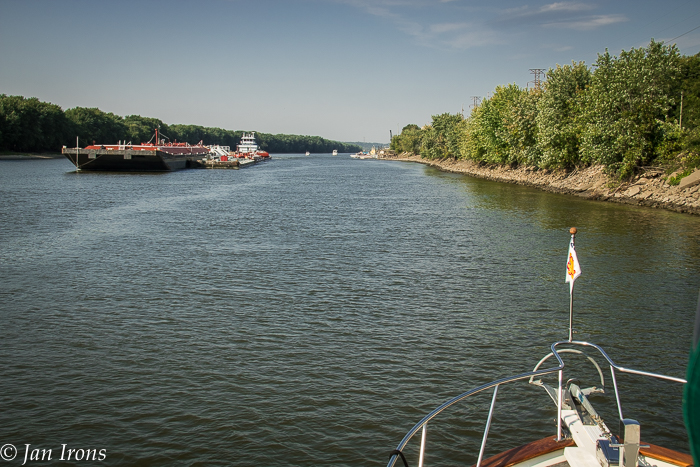
- Meeting a Tow/Tug Barge Head On: 1 whistle means port to port and 2 whistles means starboard to starboard. Again, when they say “See you on the 1 whistle” we confirm back “1 whistle, port to port”. And thank them when you pass.
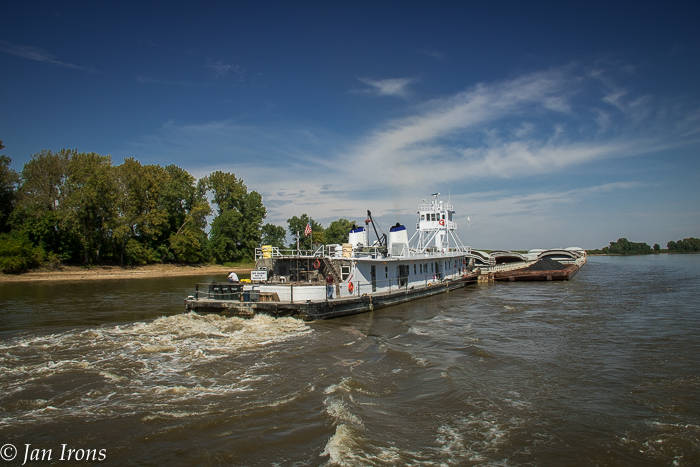
- Tug Wakes. When you pass a tug, his wake will be very turbulent – and on the BIG rivers with the BIG tows, expect to get rocked substantially as much as a half mile behind the tug.
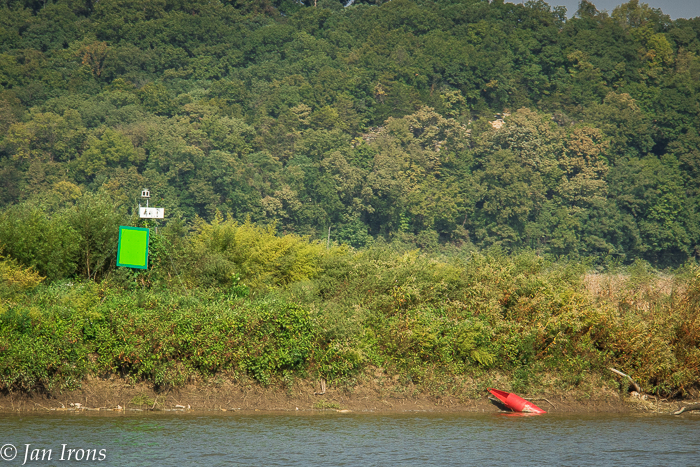
- River channel markers don’t seem to have ATON numbers like the ICW. So expect to see red nuns and green cans, but no numbers. Daymarkers often have mile marker numbers on them, but not always.
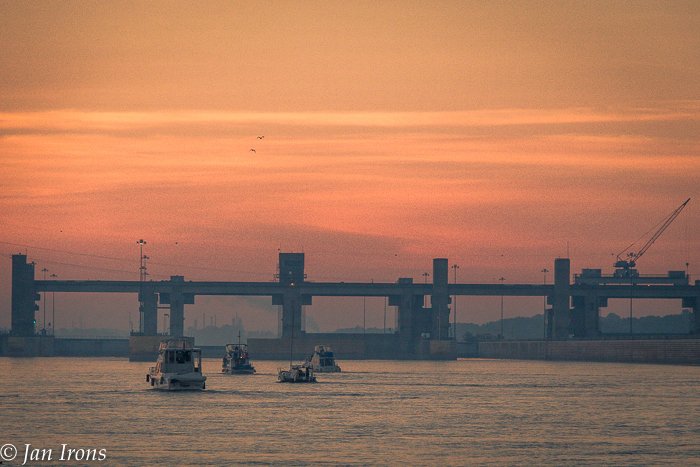
- Contacting the Lockmaster. They’re inundated with calls both VHF & telephone and do not appreciate getting 9 calls if there happen to be 9 boats in your group. Best practice is to organize a get together – just before docktails is usually a good time – to designate someone to be the lead boat and contact for the lock. Be sure to set up a system so the contact person keeps everyone else informed – hailing on Ch 16 “Looper Group” and then going to a working channel (17 or 68) seems to work well.
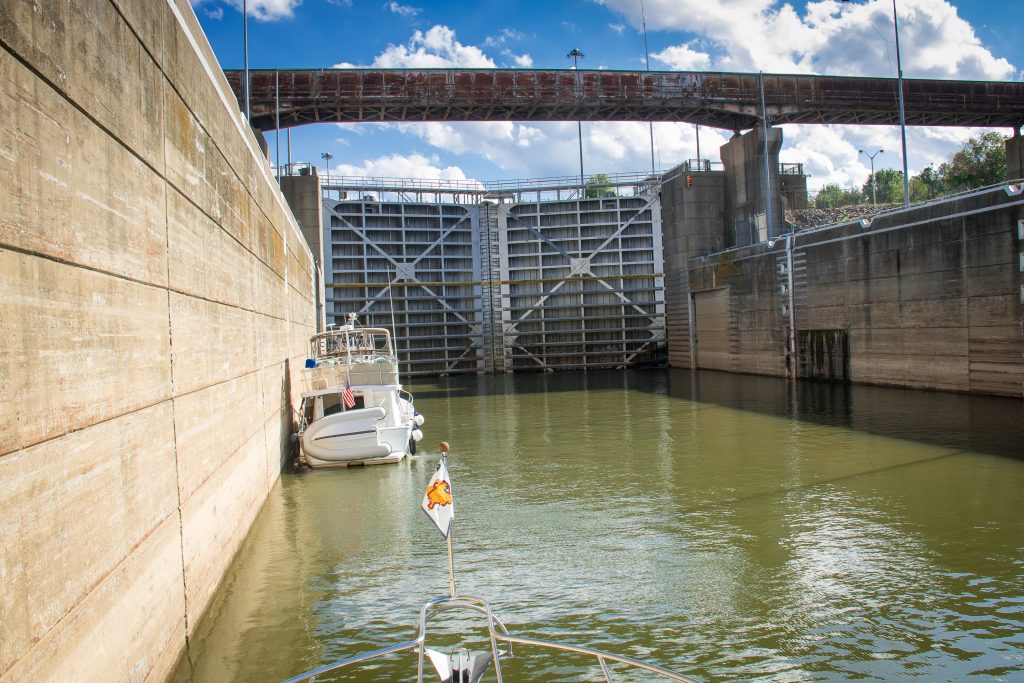
- Lockmasters may be on VHF Channel 13 or 14 or sometimes 12, BUT that’s not consistent so it’s always best to check on a lock’s VHF channel ahead of time. What’s more, Lock Masters don’t always respond to a VHF call. Turns out some don’t have handheld VHF’s so they only respond if they happen to be in their office. They do seem to carry cell phones however, and sometimes if you call them on the phone you’re more likely to get them than the VHF. Quimby’s, Waterway Guides, Skipper Bob’s and Active Captain have up to date working VHF channel numbers and phone numbers. Just be sure to follow #7 above and designate a single point of contact.

- Entering a Lock. One IMPORTANT contradiction to the contacting a Lockmaster by phone … when you’re entering a lock, especially if it’s a large commercial lock, they expect you to be on their VHF channel so if they want to give instructions to “Pleasure Boat #2 entering the Lock – please tie up forward on the port side” – they can do so. So make sure you know the lock VHF channel and have it on for instructions as you approach and go into the lock. And be sure to say THANK YOU to the lockmaster when you leave.
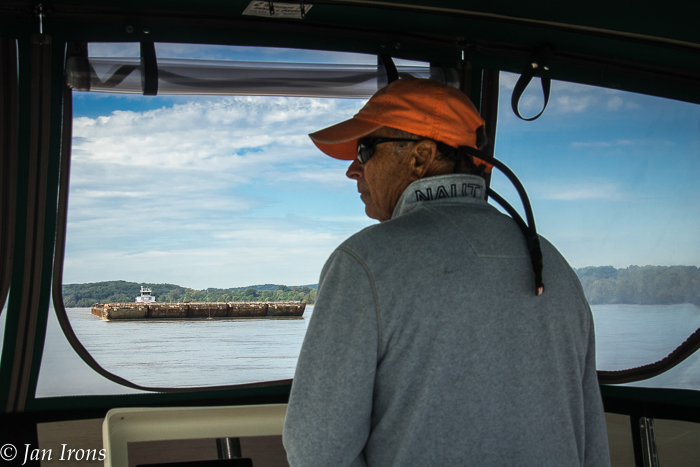
- Current. Don’t underestimate the effect of the current. It will provide the best fuel mileage you’ll see the entire Loop … and when it’s against you, you’ll have the worst fuel mileage. Plan for it – it’s a long way between fuel stops after Hoppies to Paducah (or Green Turtle).
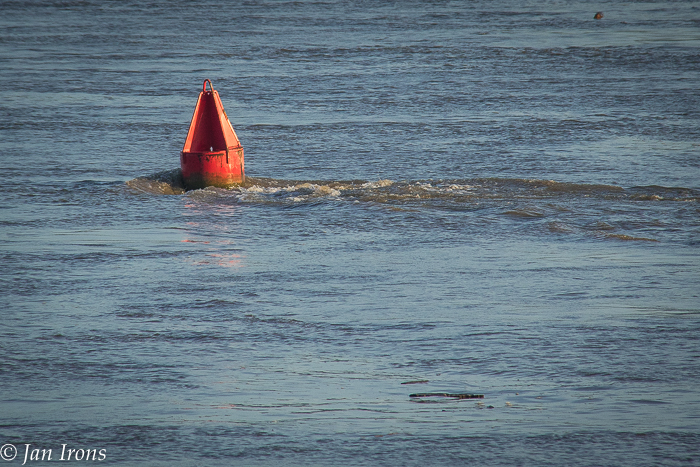
Logs. Flotsam happens. Depending on what’s happening upstream, logs may be sparse or frequent. Keep a good lookout! Also when the river is wide, keep an eye on which side has less big logs.
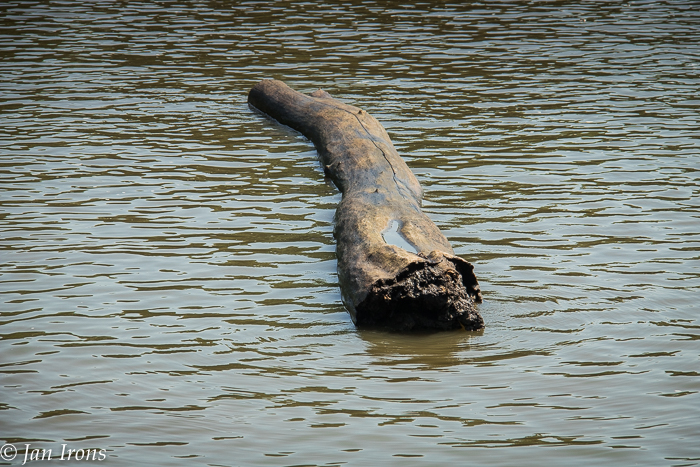
River cruising is new cruising style for us, and one with a mixed variety from ultra-industrial (read barges and tugs everywhere) to the beautiful scenic Cumberland River. The only thing that could make the Cumberland better would be less current on the nose. 🙂 ENJOY!
More rollin’ on the river photos just for fun…

